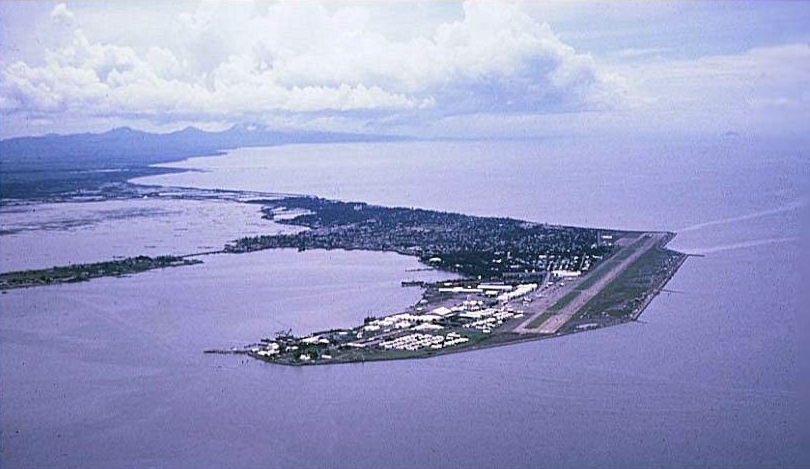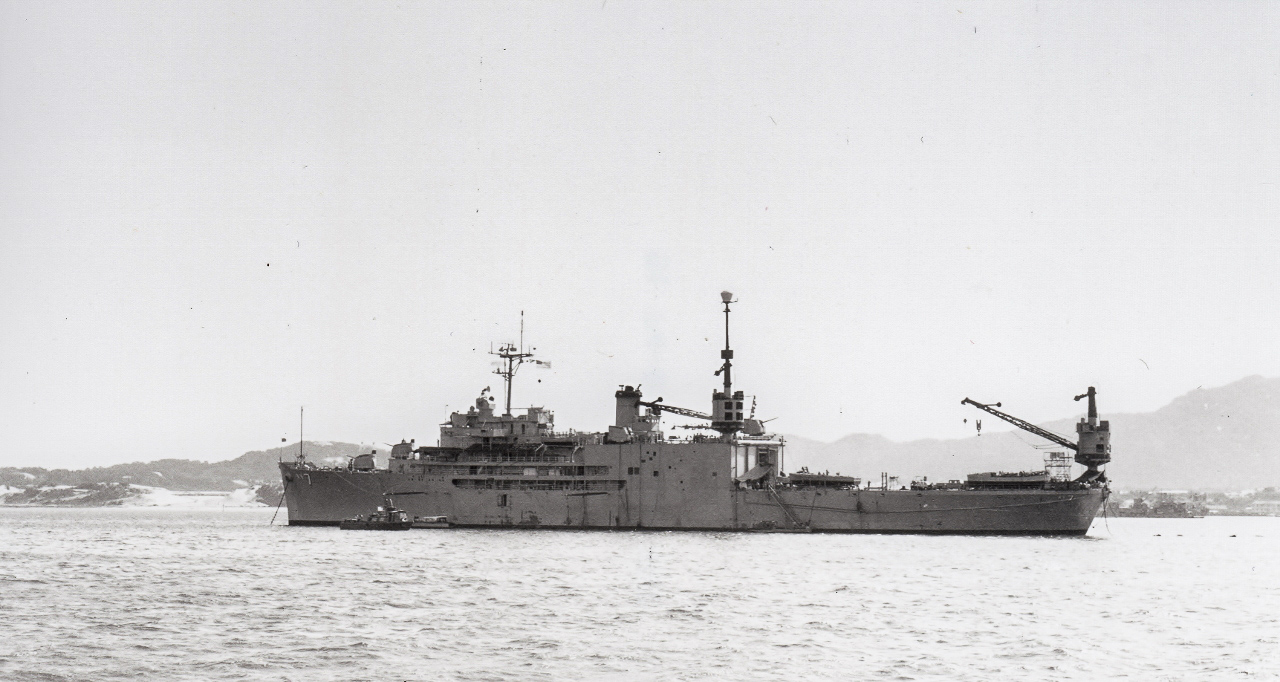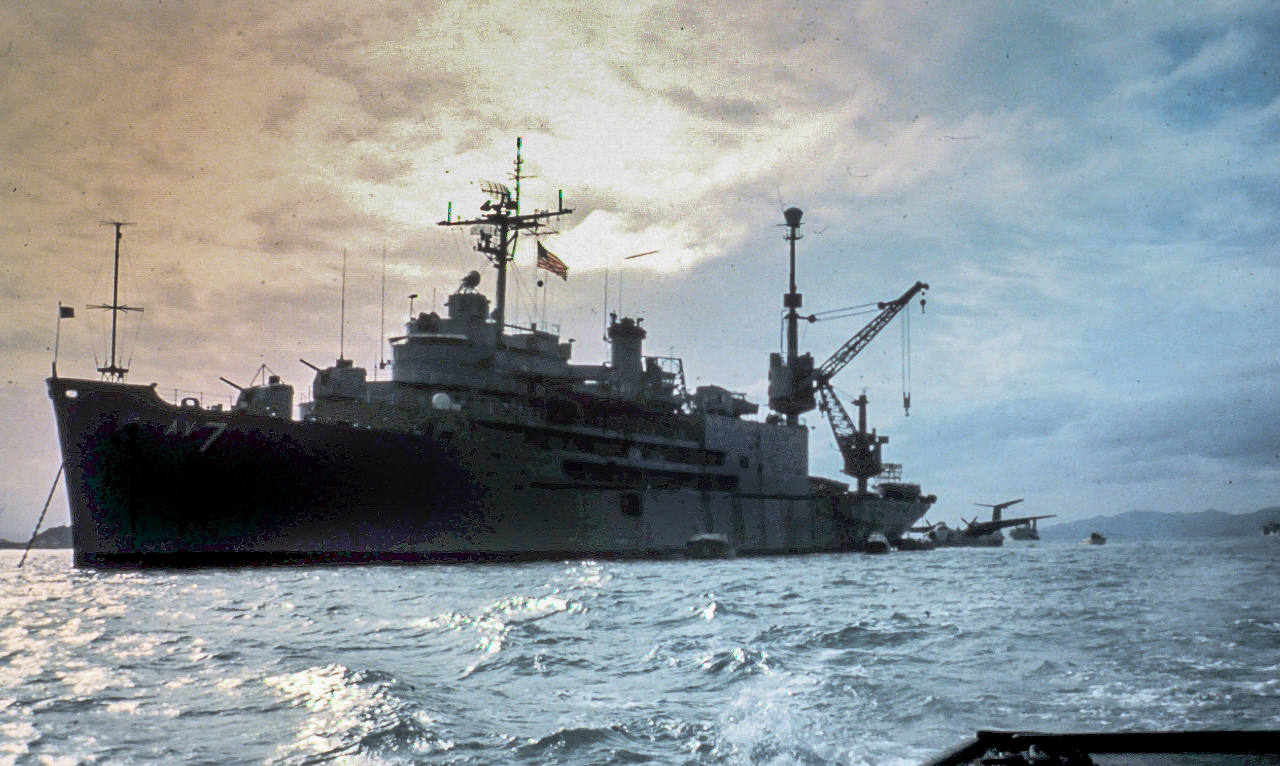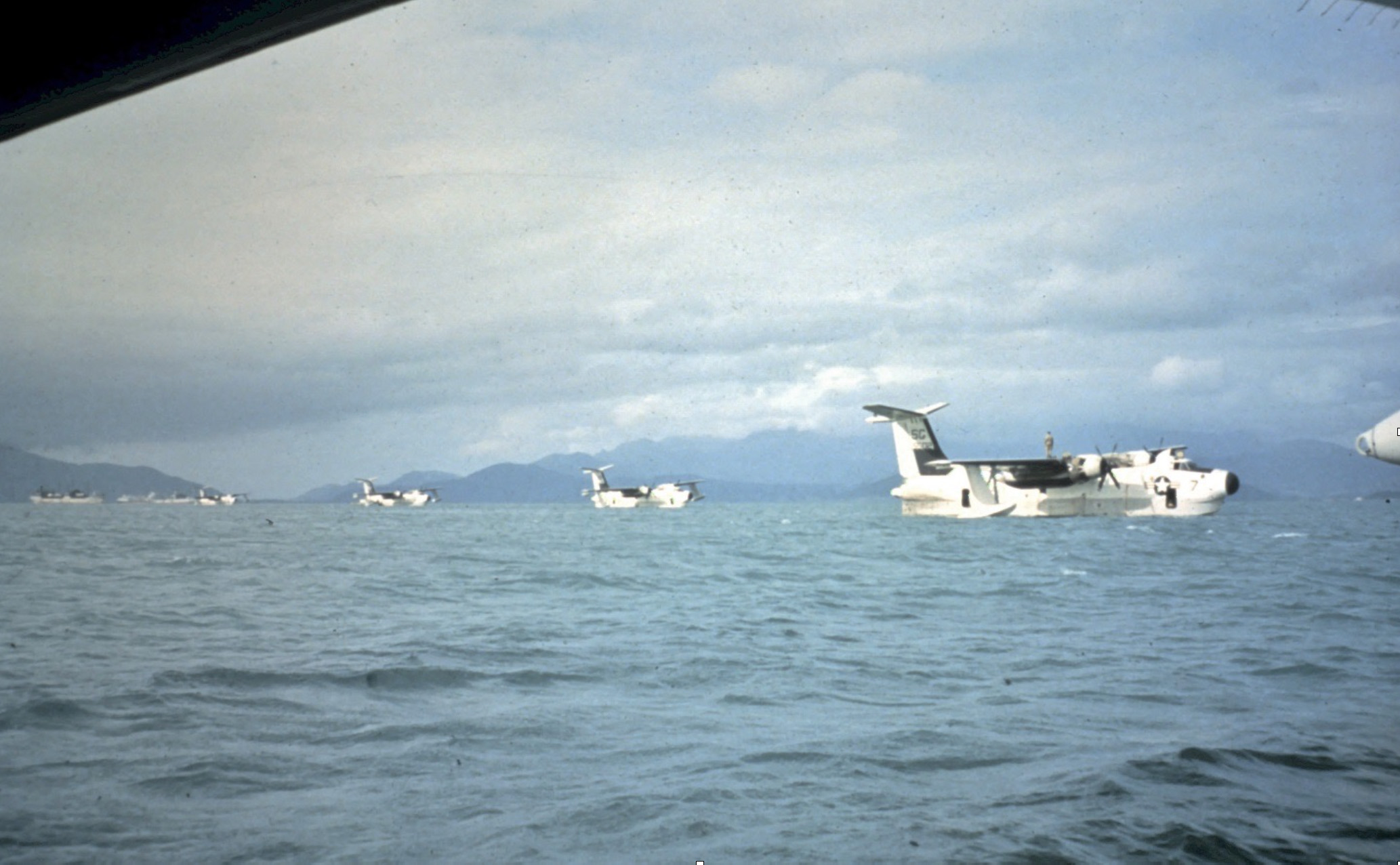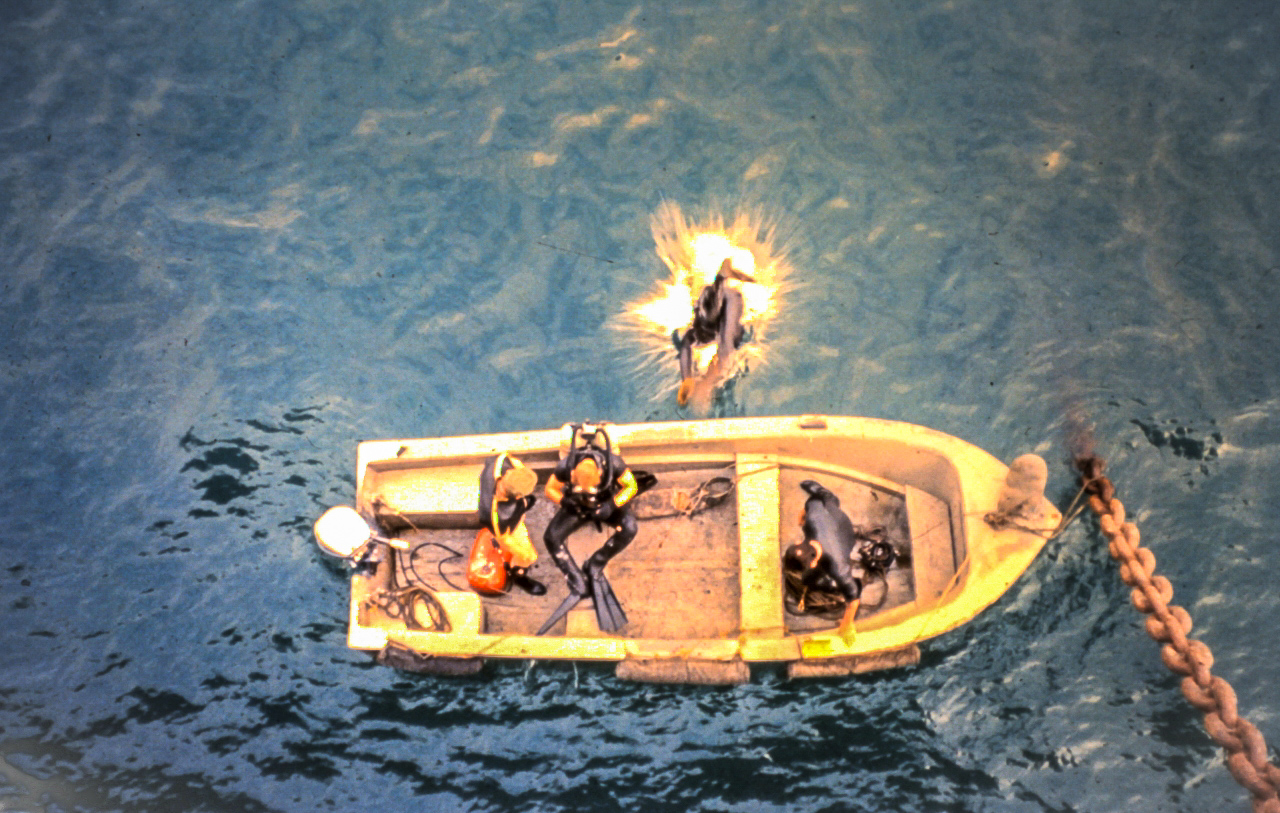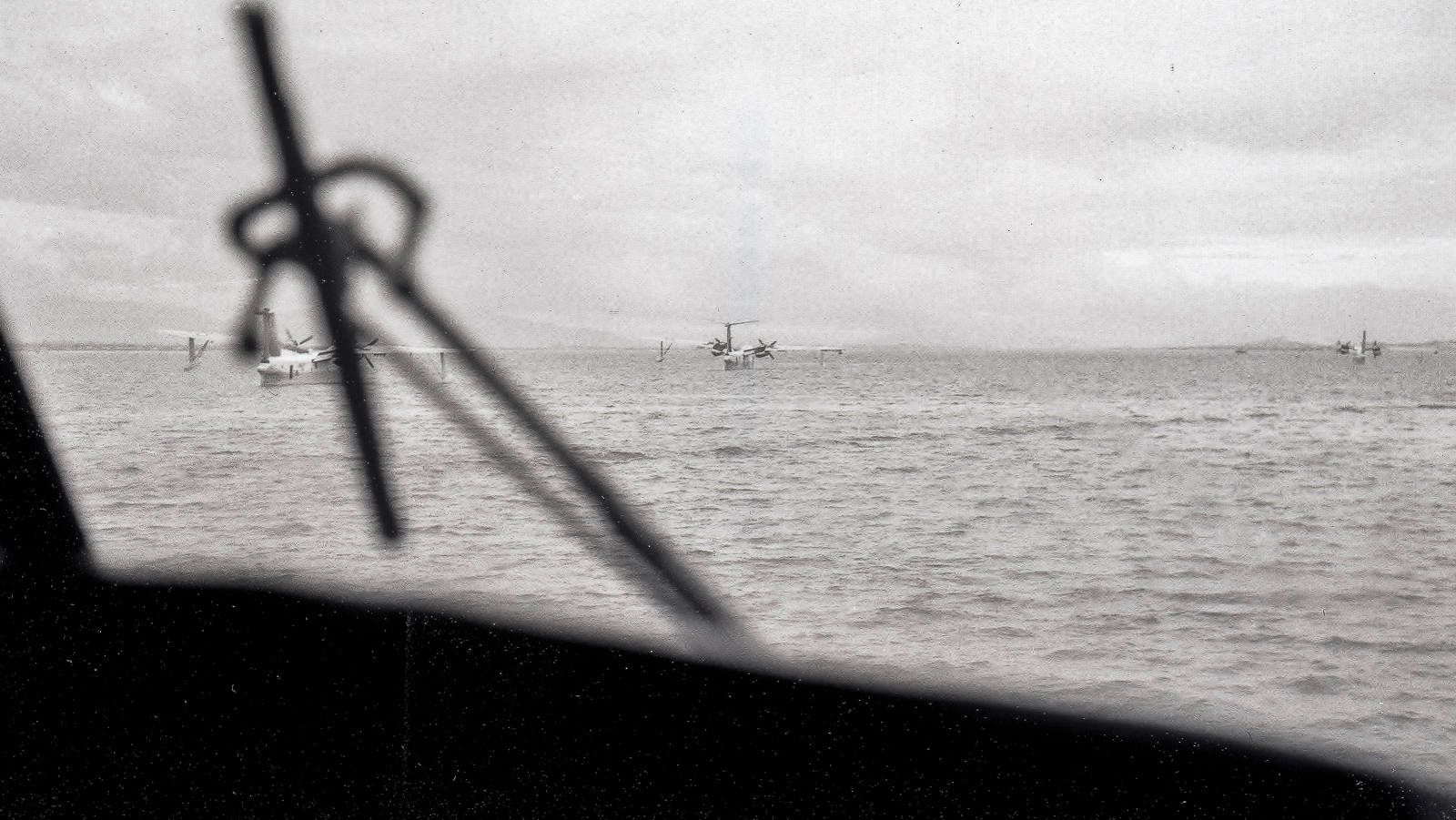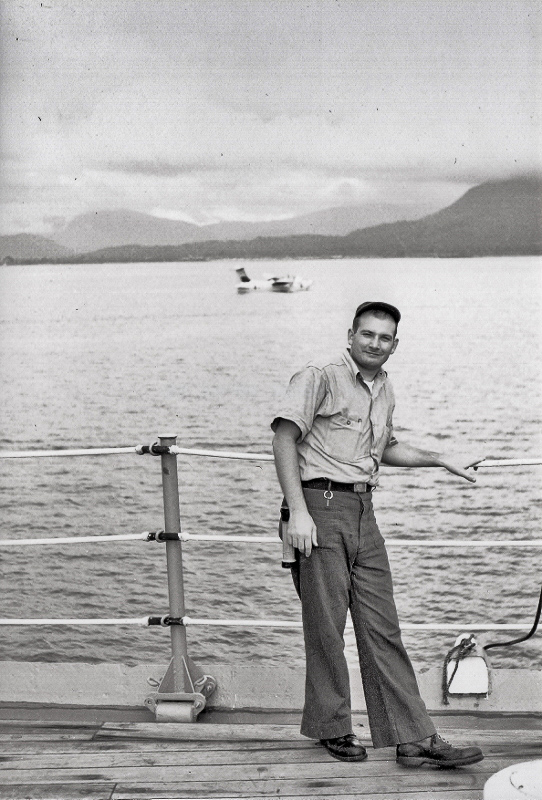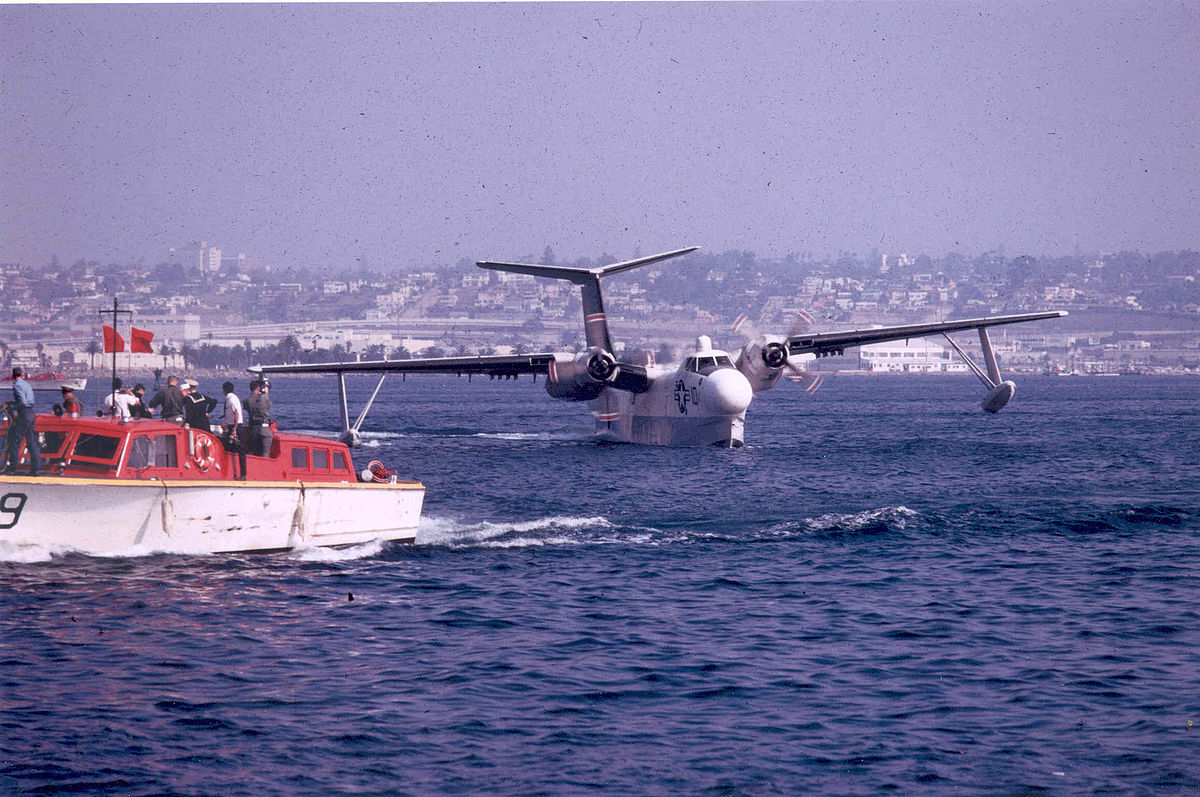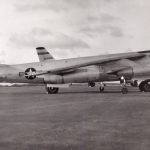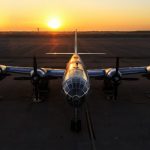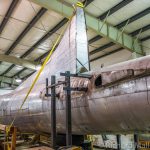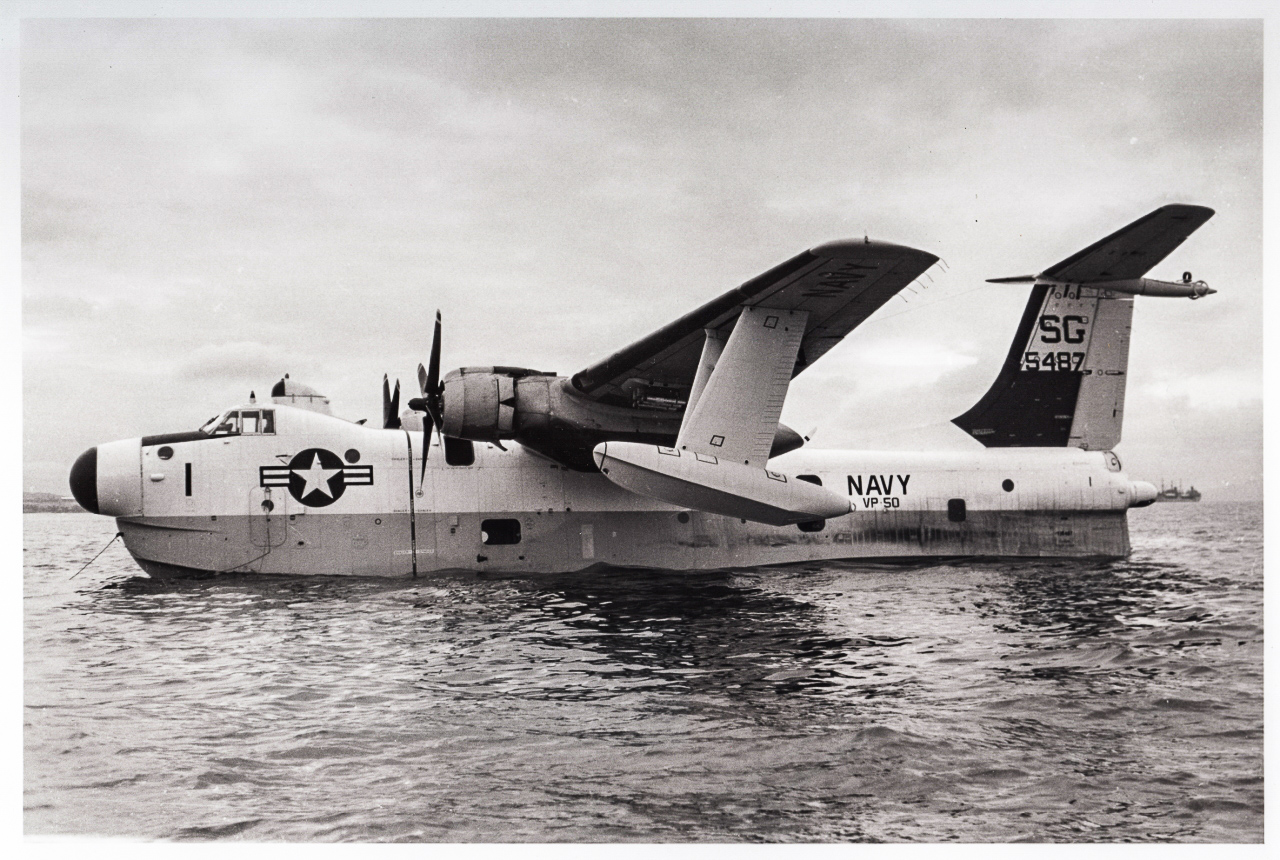
Several months ago, WarbirdsNews published a fascinating article by Will Tate about his time flying with the US Navy on long, maritime patrols from Reykjavik, Iceland. At the time, he told us about a friend of his, Raymond T. West, who had served with VP-50 during the Viet Nam War. VP-50 was one of the last US Navy flying boat squadrons to see wartime operations. They flew the mighty Martin P5M Marlin; re-designated as the P-5 after 1962. Will Tate kindly contacted Raymond West, and we will let him take up the conversation here and hope you enjoy the story…
My friend and former shipmate, Raymond T. West, has kindly written a short synopsis of his tour of duty in Vietnam, 1966-67, while serving in one of the last Navy seaplane squadrons to see active wartime service. Ray West writes…
“In October 1966 I was stationed in VP-50’s home port at NAS North Island, San Diego. We were deployed to Sangley Point, Philippines with a 30 day TAD (Temporary Additional Duty) detachment to Cam Ranh Bay, Republic of Vietnam. There we operated off a sea plane tender; in our case the USS Currituck (AV 7). We were involved in Operation Market Time, the interdiction of supplies coming down the coast of North Vietnam into South Vietnam. The SP-5B Marlin would take off and fly a four hour round-trip patrol north of Cam Ranh Bay or a four hour round-trip patrol south of the base.
The SP-2Hs, SP-5Bs, and P-3Bs armed with 2.75 folded fin rockets were hard pressed to knock off the small sampan, loaded to the gunnels with supplies and equipped with a large outboard. They were very fast and nimble targets. But the SP-5Bs armed with four M60 machine guns, one at the forward and aft hatch on each side of the fuselage made short work of the spirited craft. More than one Charlie was seen abandoning ship when faced with a Marlin skimming across the wave tops heading his way. The squadron did not lose any planes or crew members in carrying out these patrols.
By January 1967, VP-50 had returned to Sangley Point for a final month of operations before returning home to North Island. On 6 January, 1967 we launched Crew 13 on a ROCKEX (Rocket Firing Exercise) with a Marlin loaded with 5 inch HVAR rockets. One of the rockets exploded on the wing during lunch. The wing broke off the aircraft and the Marlin fell into the sea killing all ten of the crew. The Navy surmised that the rocket had been either dropped or mishandled in storage, causing the solid propellant to fracture. This caused the rocket to explode on ignition while still on the rail. After this incident, the Navy stopped using the 5 inch HVAR rocket.”
WN: VP-50’s deployment would be the penultimate in Marlin operations, with VP-40 making the type’s final sortie in November, 1967. Sadly, of the 250 or so examples to see service, there is only one complete survivor known to exist, SP-5B Bu.135533 currently on display at the National Naval Aviation Museum in Pensacola, Florida. The image below shows this aircraft landing after her final operational flight, although her actual final flight was in to Pensacola.
WarbirdsNews wishes to thank Raymond T. West for writing in, and for the generous use of his images. We are especially grateful to Will Tate for his help in the story as well!








